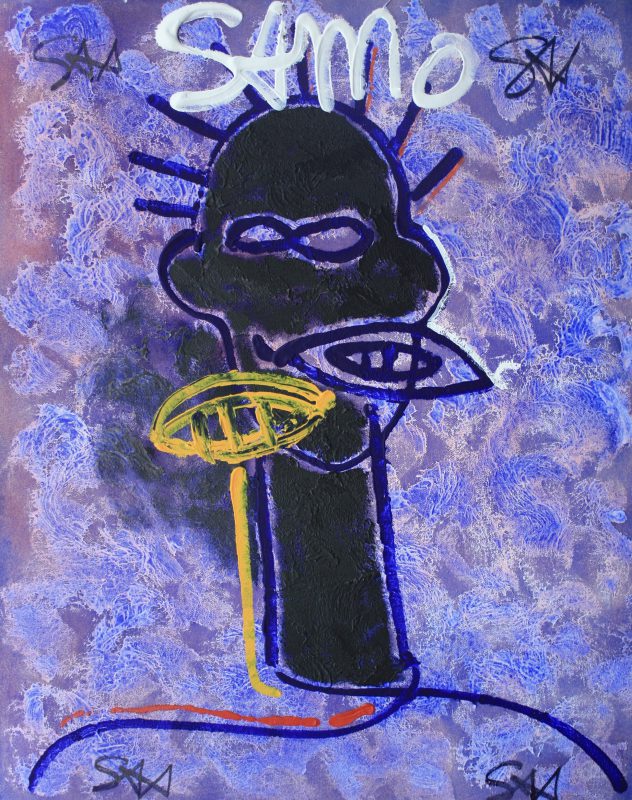The city that never sleeps is a true epithet for New York. Probably the most culturally diverse city on the planet its streets are alive with art, music and people.
Dating back to the 1980’s a few daring souls decided that art should be for all, not just middle class & predominantly white people attending museums and exhibitions. The scene in those far off days was very elitist. Enter aforementioned brave souls, now household names, Basquiat, Keith Haring, others too. In the dark hours they covered the blank spaces on the subways & buildings with a radical new art form, from the people for the people, street art was born. It was a difficult birth, vilified by the establishment and erased by the authorities these guys just kept on painting. Styles became familiar, new works were sought out by afficionados and gradually there came an acceptance of this new style. Today the genre has grown up, a proud member of the pantheon of art and ironically becoming mainstream.
However, as in all things, there arose a challenger, enter British artist Sax Berlin. As a bicycle courier in the city during the 1980’s he was inspired by these maverick artists. At night he used to haunt the areas which were used by the graffiti artists, often watching their works appear on the walls in front of him. The first eyes to witness new creations. As an artist himself Berlin was a sponge to the techniques of many differing styles of painting. When you look at his work you see that he has taken into his hands the ways of different genres and moulded them to become unique. Some of his work is religious, some abstract some even echo ancient frescos. Possibly the original street art. But deep within him Berlin knew that there was an inner street painter that had to be released. It has taken decades for this to happen and White Court Art are delighted that “Sharp Edge 21st Century Neo Expressionist New York City Style” is here. As always with Sax Berlin his unique interpretation of the genre has lifted it beyond boundaries and it encompasses far more than has ever been put to the brush.

